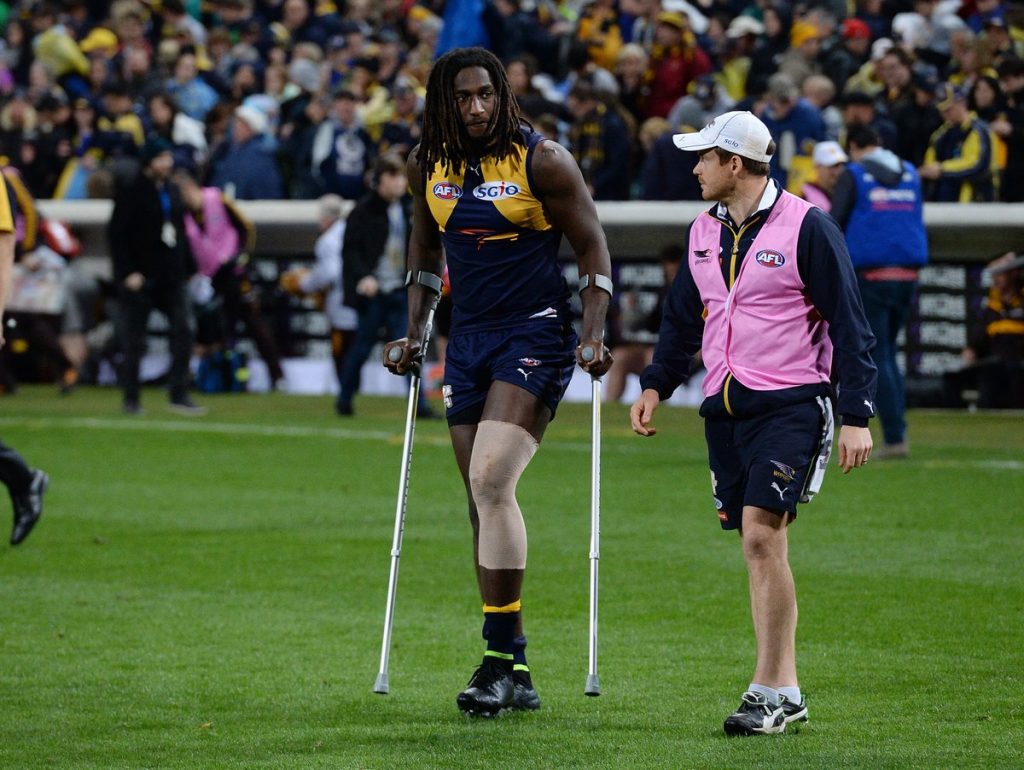What is the best rehabilitation option for Anterior Cruciate Ligament (ACL) tears?
Anterior Cruciate Ligament (ACL) tears are one of the most common injuries in all football codes. They are a devastating injury, with the majority of sufferers referred for immediate surgery, with a long 9 – 12 months recovery period to follow. Some sufferers even undergo multiple surgeries if there are complications, and, on top of that, there are ongoing soft tissue injuries which appear to be common following the surgery. More recently, a small proportion of elite athletes have been able to return to pre-injury activity levels without surgery, and with a shorter rehabilitation time frame. This then begs the question; is surgery for ACL tears the best option?
Prior to the 1980’s, if athletes suffered a ruptured ACL, they would partake in a structured rehabilitation program without surgery, with most of these athletes returning to their chosen sport. This has changed over the past 30 years, with the majority of ACL injuries undergoing a knee reconstruction, with less than 50% of these athletes returning to pre-injury activity levels. With a small proportion of elite athletes returning to sport without an ACL reconstruction, it appears that surgery may not always be indicated, and that we can function to the highest level without an ACL. Although there is limited research on this topic, a recent clinical trial found that there were no differences between surgical and non-surgical management of ACL tears in respect to pain, function or knee symptoms. So should we opt for conservative management then instead of surgery? If the outcomes are the same then the answer may be a resounding yes!
This means that we should approach initial management of ACL tears very differently. Instead of referring immediately for surgery, from the latest evidence it appears that once the acute symptoms (pain, swelling and inflammation) have settled, commencing a structured rehabilitation program should be the first step. This would include restoring full range of movement, increasing muscle strength and power and completing exercises to improve landing patterns and pivoting movements. Rehab would also include sport specific drills, and once confidence has returned, there is no reason why getting back on the field without surgery isn’t appropriate. There has been one report than an English Premier League player adopted this management path and returned to the field after only 8 weeks of his ACL rupture! That’s 44 weeks sooner than if you have surgery, and on top of that, this soccer player has been able to play numerous seasons without undergoing surgery. There are more and more stories like this emerging from the NRL and Super rugby, along with the AFL, where one player was drafted without an ACL – and he had been playing without an ACL for a number of years!
Avoiding surgery has many benefits including decreased risk of infection, less costs, less time away from work or sport and of course, no chance of a re-rupture. It is also evident that there is no difference in the onset of arthritis in the knee when you compare surgery to conservative management. This again shows how surgery is not superior to conservative options.
So if you have recently suffered an ACL injury and are looking for management strategies, be assured that surgery is not the only option, and that a conservative approach through exercise can yield just as good if not better results!
If you are commencing an ACL injury rehabilitation program:












